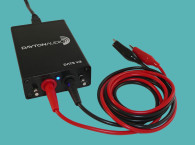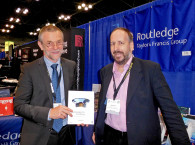In terms of engineering services, Physical Lab offers 3D mechanical design, filter design (analog passive, analog active, IIR, FIR, etc.) complete loudspeaker design and prototyping, as well as electronic design (layout and PCB prototyping). Other services include product testing and evaluation as well as loudspeaker related seminars. Product evaluation and testing
include:
• Standard acoustical measurements (SPL, impedance, distortion, CSD, and TSP)
• Extended acoustical measurements (large signal, polar plots, 3D balloon plots, and EASE .dll)
• Standard electrical measurements (response, THD, and noise)
• Extended electrical measurements (1 MHz, 24 bit FFT, converters, chip level testing, Bluetooth, and PESQ)


Of primary focus, however, are the three loudspeaker measurement accessories that Physical Lab manufactures — the Physical Lab Mini Reference Amplifier, the Physical Lab Imp Box, and the Physical Lab ISO Box (Photo 1).
The Mini Reference Amplifiers are available in both mono and stereo configurations, although for a measurement amp, the mono version is optimal. Table 1 lists the specs for both Mini Reference amps.
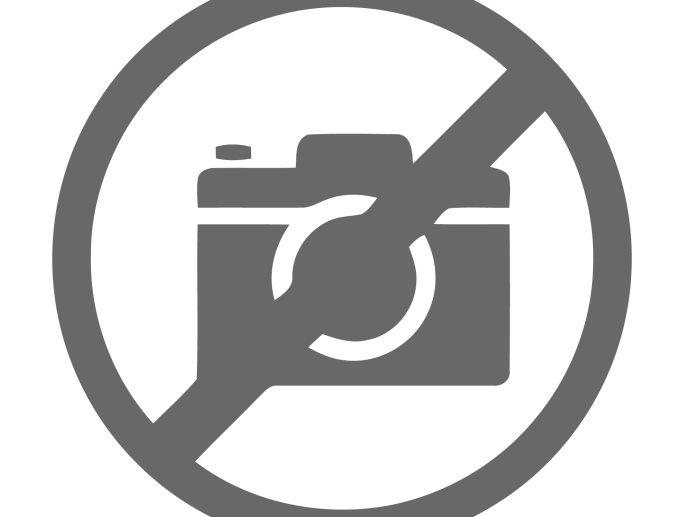
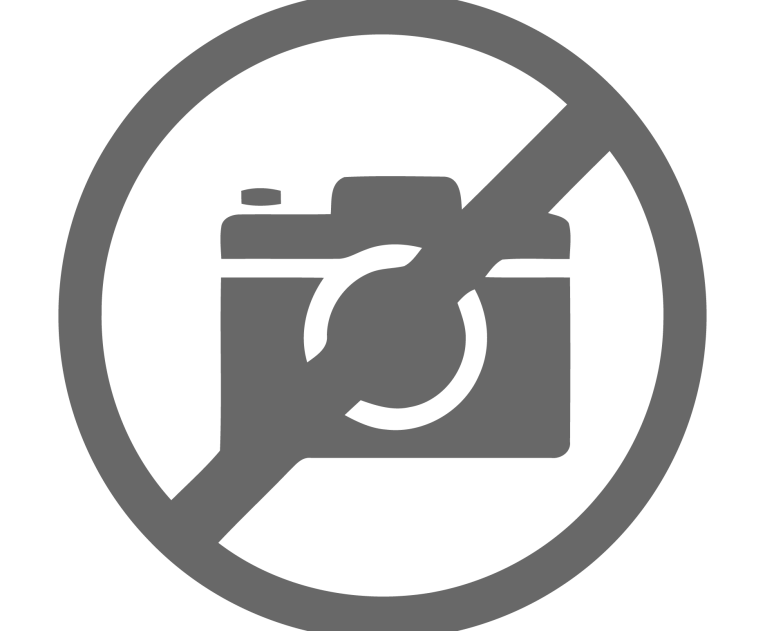
The IMP Box is shown in Photo 2. Basically, the IMP Box is a more versatile version of the LinearX VIBox. But now that LinearX is no longer in business, this is the replacement you will want for doing multiple voltage impedance curves. This methodology was originally produced for use in creating LEAP 5’s LTD transducer model driver parameters that you see in my Test Bench driver reviews (explications, actually).
The biggest difference is that the Physical Lab IMP Box offers both -20 dB and -40 dB attenuation. (When using the LinearX LMS analyzer, I would stick with the -40 dB attenuation.) As with the VIBox, the IMP Box can be used with pretty much any analyzer (e.g., CLIO, LMS, EA SERA, AP APx, LOUDSOFT FINE R+D, and Listen, Inc. AmpConnect and AudioConnect).
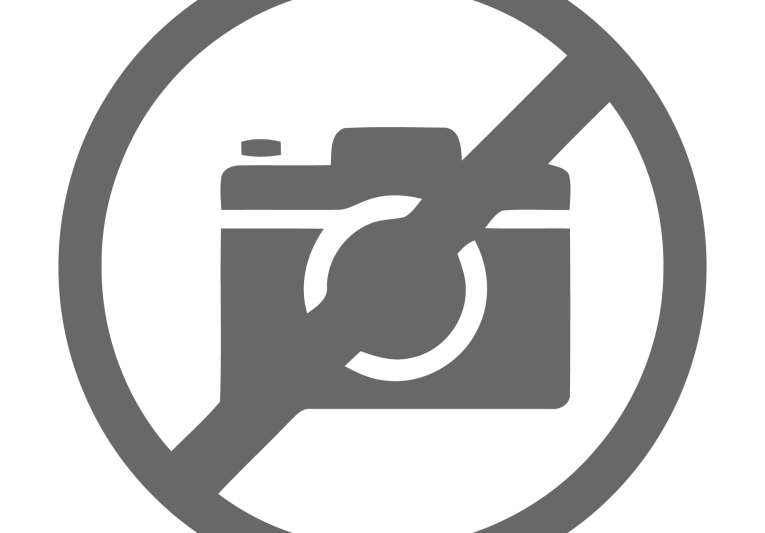
The last product from Physical Lab that I want to highlight is the ISO Box (see Photo 3). The ISO box is a useful accessory for lab use. Whether you have ground loop problems or interconnection problems between your test equipment, the ISO Box solves your problems and drives every equipment input. You can also use the ISO Box for power-supply rejection ratio (PSSR) measurements. Using an external supply, it’s possible to add a DC signal to your running measurement. You can also change the rest position of the voice coil when optimizing it for production.
The ISO Box’s features include:
• 1:1 line output transformer
• Flat response in the audio pass-band
• Low distortion
• 150:600 Impedance ratio
• High hum reduction
• High level handling
• Extremely low inductance
• Drives every equipment input (balanced or unbalanced)
• Drives long cables
For more on these products from Physical Lab, visit the Physical Lab website at www.physical-lab.com. VC





